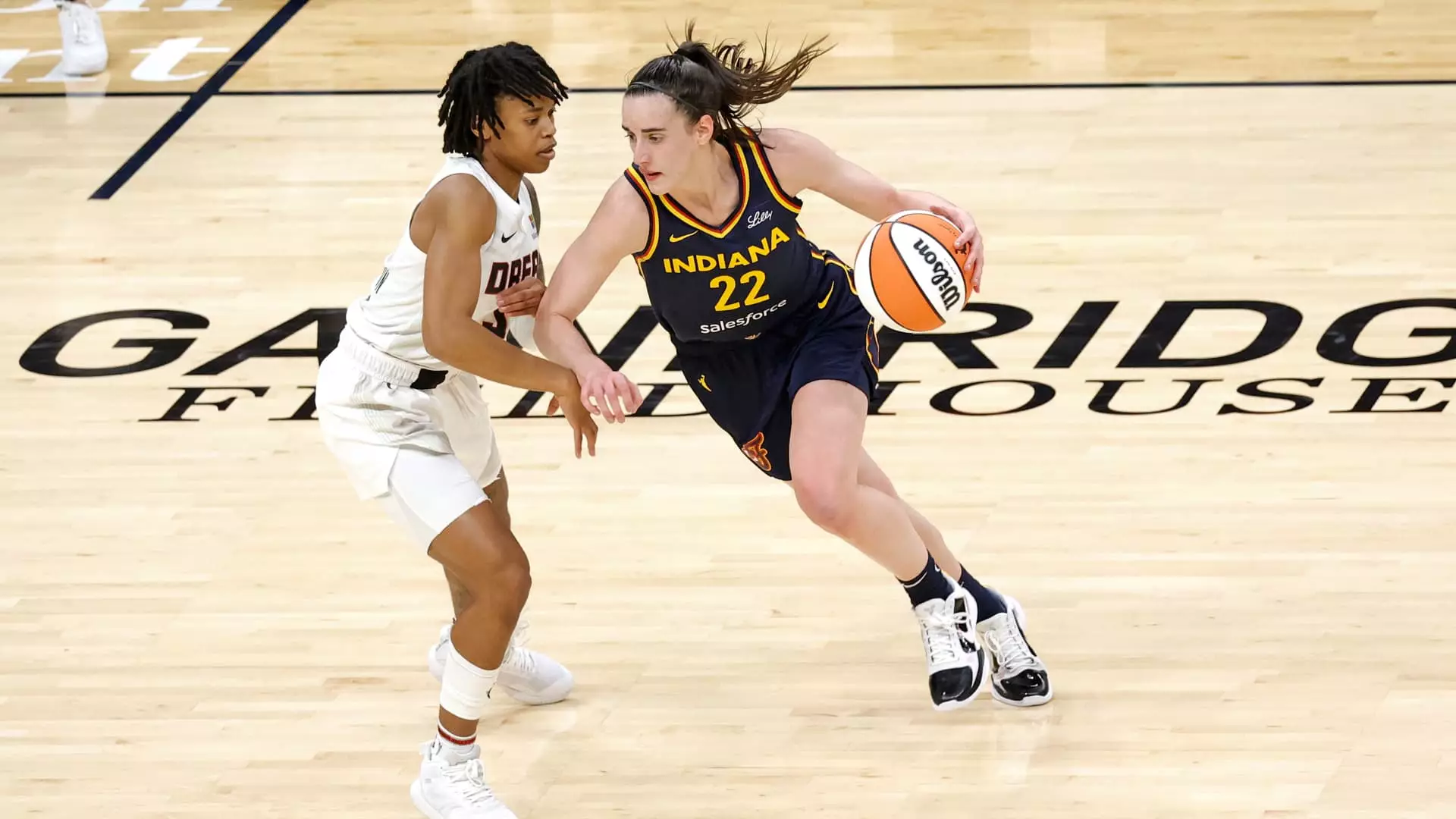The landscape of the Women’s National Basketball Association (WNBA) underwent a significant transformation during the 2024 season, showcasing a surge in viewership and attendance that highlighted the league’s growing prominence. The confluence of emerging young talents and strategic media partnerships not only expanded the fan base but also solidified the WNBA’s status as a competitive entity in sports entertainment.
The statistics from the 2024 season are telling: the WNBA recorded over 54 million unique viewers, setting a new benchmark for the league. This surge can be attributed to the allure of standout rookie players such as Caitlin Clark and Angel Reese, who captivated audiences with their exceptional skills and on-court charisma. Their performances not only showcased talent but also drew more fans into the fold, enticing both previous viewers and newcomers to the sport.
Moreover, several broadcasting networks, including ABC, ESPN, CBS, and NBA TV, contributed to this expansive reach. When sports leagues strategically collaborate with various media outlets, the potential for audience growth increases exponentially, as seen in the WNBA’s case. The multifaceted approach to media rights and partnerships allowed the league to tap into diverse demographics and regional markets, enhancing accessibility for fans nationwide.
The WNBA’s 2024 season also experienced a remarkable increase in attendance, achieving the highest figures in over two decades. An astonishing 154 sellout games were recorded, marking a resounding increase from the previous year. The Indiana Fever, with its dynamic rookie Caitlin Clark, exemplified this change, boasting attendance figures that soared over four times compared to the previous season—an extraordinary feat that could encourage other franchises to invest in similar strategies to boost fan engagement.
The increase in attendance was mirrored by a surge in merchandise sales and social media activity. WNBA’s social media presence witnessed nearly 2 billion video views during the season—a remarkable growth of over 400% year-over-year. Such engagement not only builds a community of supporters but also delivers valuable insights into fan preferences and behaviors, enabling the league to create more targeted marketing initiatives.
However, the rise in popularity and viewership hasn’t come without challenges. Many players reported experiencing online harassment and racism, raising concerns about the impact of increased scrutiny on their personal well-being. Such issues underscore the necessity of fostering a safe and inclusive environment for athletes. While WNBA Commissioner Cathy Engelbert acknowledged the importance of confronting hate and racism in her responses, the initial ambiguity of her comments drew criticism, highlighting how leadership within sports organizations must balance the growth of the league with the well-being of its players.
Financial Implications and Future Prospects
The financial benefits stemming from this growth were evident in the league securing a significant $2.2 billion media rights deal that spans 11 seasons. This landmark agreement not only reinforces the financial viability of the league but also reflects its current standing in the sports hierarchy. Negotiated within the framework of a broader agreement with the NBA, the deal represents a concerted effort to ensure that the WNBA is appropriately valued within the sports ecosystem.
As attention towards the league intensifies, the announcement of a 15th team in Portland for the 2026 season marks an exciting expansion effort. This strategic decision aims not only to diversify the league’s footprint but also to sustain enthusiasm among fans, ensuring that the momentum built during the 2024 season continues.
The trajectory of the WNBA indicates that women’s basketball is entering a golden age characterized by unprecedented visibility and recognition. The combination of emerging talent, strategic media partnerships, and increased fan engagement paints an optimistic picture for the future. As the league continues to address its challenges and capitalize on its strengths, the potential for sustained growth looms large. The 2024 season has undoubtedly set the stage for what’s to come, and with continued support, the WNBA is poised to become a cornerstone of not just women’s sports but the sporting world as a whole.

Leave a Reply